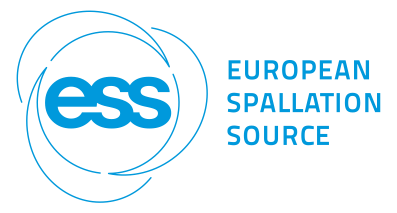AD Seminar: Obsessed by a Dream: Rolf Widerøe - History and Future of Accelerator Technology in the Context of a Giant
by
Tycho-Brahe
ESS
2023 marks the 96th anniversary of the invention of the first high-frequency linear accelerator (LINAC), which was built in Aachen. In 1927, Rolf Widerøe's 27-page doctoral thesis opened new windows for science with the LINAC and the description of a circular accelerator that he had already invented in 1923 at the age of 21. The lecture begins with the fascinating but tragic life of a man and his family driven by science and progress. During World War II, Dr. Widerøe was faced with a question of conscience that is still relevant for many scientists today and is even more relevant now. It also determined much of his fate. As we follow Rolf Widerøe through most of the 20th century, the full breadth of the use of accelerators up to the present day is revealed. Technical facilities that accelerate subatomic particles to ever higher energies have been an integral part of science and research, as well as of medical and industrial applications for more than 100 years. The most modern applications repeatedly allow quantum leaps in science, which are discussed towards the end.
Meeting was also available via Zoom.
